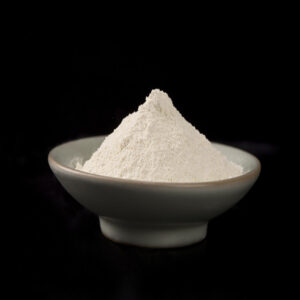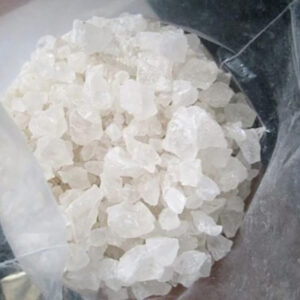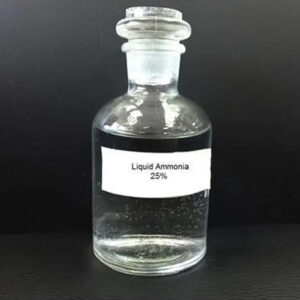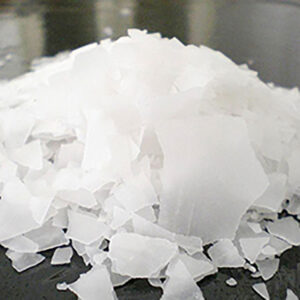Iodine (I₂) 99.9% – A purplish-black crystalline solid used in water treatment, medicine, and chemical synthesis. Ideal for industrial, laboratory, and pharmaceutical applications. CAS: 7553-56-2, EINECS: 231-442-4. Available in various packaging sizes including 25KG and 100KG drums.
Applications:
- Used as a disinfectant in water treatment and in medicine.
- Applied in the production of iodide and other iodine compounds.
- Commonly used in laboratory research and as a catalyst in chemical processes.
- Used in the manufacturing of photographic films and in the production of dyes.
Hazard Identification:
- GHS Classification: Oxidizing solid, Health hazard
- Hazard Statements:
- H272: May intensify fire; oxidizer.
- H302: Harmful if swallowed.
- H332: Harmful if inhaled.
- H315: Causes skin irritation.
- H319: Causes serious eye irritation.
- Precautionary Statements:
- P210: Keep away from heat, sparks, open flames, and hot surfaces.
- P280: Wear protective gloves, protective clothing, and eye protection.
- P305+P351+P338: If in eyes, rinse cautiously with water for several minutes.
Storage and Safety:
- Storage Conditions: Store in a cool, dry, well-ventilated area away from incompatible materials.
- Moisture Sensitivity: Keep tightly sealed to prevent exposure to moisture.
- Handling: Use appropriate personal protective equipment (gloves, goggles, and clothing). Avoid inhalation and direct contact with skin or eyes.
- Fire Safety: Use appropriate fire extinguishing agents such as CO₂ or dry powder. Avoid contact with combustible materials.





